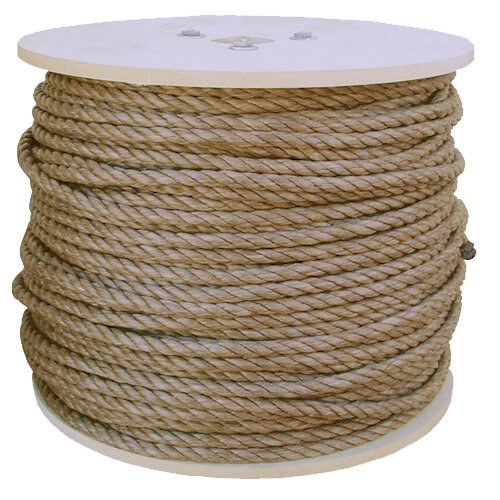Why Knot? - #1 - Rope? or Line?
/Rope making surely changed the world. The ability to pull (instead of push), to secure, to weave, to stitch and to harness animals depended on rope of carious sizes and make. Historians have no idea when people started twisting fiber into yarn and then yarn into rope. Because rope was made with natural fiber, remnants would rot away and disappear long before archaeologists could discover them.
A spool of rope.
Sailors like to put names to things. Imagine being on a sailing ship long ago and someone yells, “Pull in the the rope ! “ What rope? There is rope everywhere tied to everything imaginable!
Rope, on a ship especially, is given a name to designate its purpose. At Sound View, you will find useful rope at the waterfront, on the flagpole, and also at the rope course. Each piece has been cut for a specific purpose.
ROPE - what you buy at a store, or what is in storage on a spool. Rope has not been cut for a purpose yet.
LINE - a length of rope that has been cut for a purpose.
HALYARD - a line that pulls up something - like a sail - or a flag.
SHEET - a line that pulls in a sail.
PAINTER - a line that is attached to the bow or stern (front/back) of a small boat to tie it up.
STAY - a line that holds up a mast . One end is attached to the top of the mast and the other end is attached to the bow or stern.
Dinghies tied up with their painters
STAY - another line that holds up a mast . One end is attached to the top of the mast and the other end is attached to the side of the boat.
HEAVING LINE - a small line to throw to another boat, or onto a pier, or to a person in the water.
MOORING LINE - used on larger boats to tie up.
RODE - line and/or chain that attaches the anchor to the boat.
BELAY LINE - the line used on the ropes course to secure the climber to a safety system on the ground.
LOBSTER CLAWS - a short line rigged with various knots and carabiners to create a personal safety system for climbing.





